|
Ask MrTruck: A Comprehensive Guide to: Tires and Correct Air Pressure It’s an important issue and often misunderstood. Another reason to read your truck and trailer owners manual. What allot of folks don’t understand is what’s printed in the truck owners manual, over-ride what is stamped on the side of the tire just like it over-rides the label on receiver hitches. The truck manufacture specifies to the tire company what they want in a factory tire sold with the truck when new. And the truck manufactures decides and takes responsibility for the load rating of the tire and tire pressure. So look in the owners manual and the safety compliance sticker in the drivers door frame to see what your trucks tire pressure should be. (Trucks according to the government also means SUV’s and mini-vans, so when I say trucks, it covers the category.) Are you confused yet? Some people go under what the safety compliance door sticker states for tire pressure for a softer ride. Low tire pressure causes the tire sidewalls to flex more and build up heat. Not a good thing. I would say to stick to the air pressure ratings in the owners manual and safety compliance door sticker, that’s what’s been tested to be safe. Some manufactures have a different rating for the front truck tires and rear tires. Get a good tire pressure gauge. These are the long ones sold at better auto parts stores and truck stops. Cheap short air pressure gauges are not accurate or not accurate for long. If your truck has a factory tire pressure monitoring system and has individual pressure readings, it’s interesting to watch the pressure go up when the tires warm up. You can even tell air pressure difference from the sunny side of your truck and the shady side. That tells you that heat expands the tires to increase air pressure. This is why you want to check the air pressure before you drive. You want to check the tires air pressure at sitting still air temperature. If you check the tires when they are hot and let some of the air out to get the correct pressure, then when the tires cool, they can be under inflated. Trailer tires are basically the same as truck tires when it comes to proper air pressure. Look at the trailer owners manual. Trailer manufactures match tires like they do axles to be the proper combination for safety. With torsion axles that the majority of trailer tires have now, a flat tire may not feel much different and it’s not nice to horses to whip the trailer to look at the tires. So you could drive for miles with a flat and not no it until it destroys the tire and pieces are flying off the trailer or when a flat tire tears apart and takes the trailer fender with it. Newer trucks have tire pressure monitors as standard equipment as mandated by law. There are aftermarket tire pressure monitor systems such as Pressure Pro that I use to keep track of tire pressure on the go. Another value of having an onboard tire pressure monitoring system is being alerted that you have lost a tire or tire and wheel. It happens more often than you think. Tires will naturally loose air over time making if important to check your tire pressure often. Nitrogen instead of air is gaining popularity with over the road semi-trucks. It leaks less than air, collects less water inside the tire and may make the tires last longer. It’s used in most race cars. |

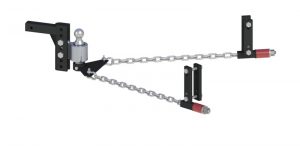

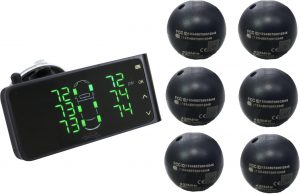
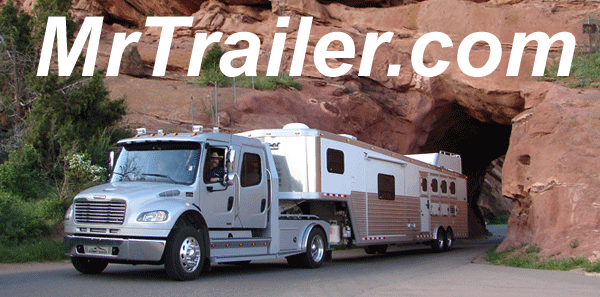

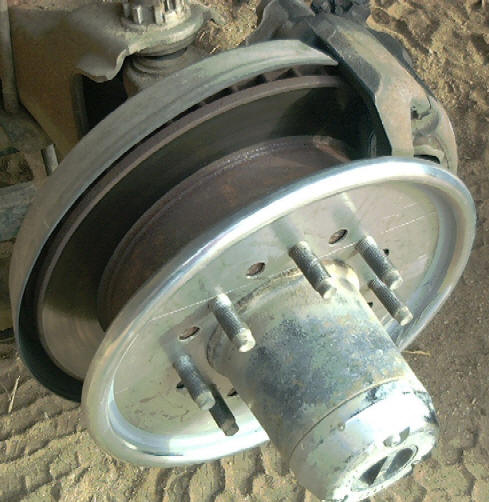
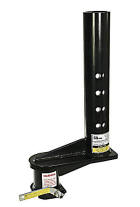





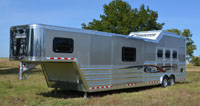
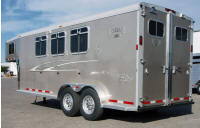
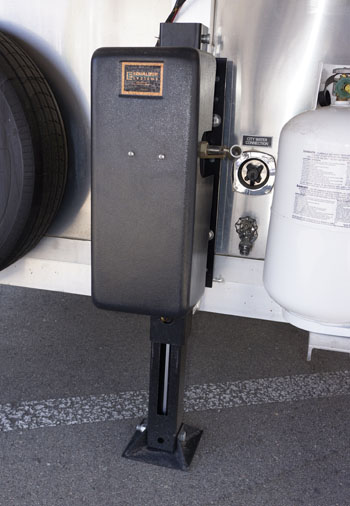
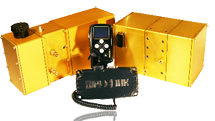
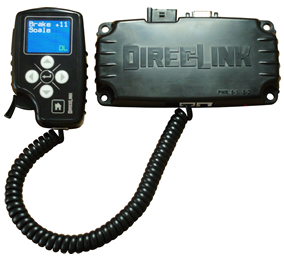


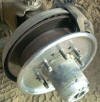 Automatic Tire Balancers for Trucks and Trailers25% to 50% longer tire life,
Automatic Tire Balancers for Trucks and Trailers25% to 50% longer tire life, 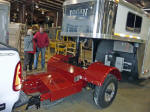 Automated Safety Hitch
Automated Safety Hitch 
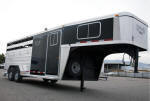



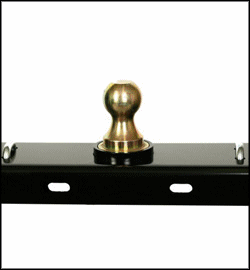
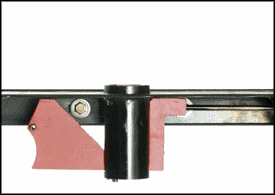
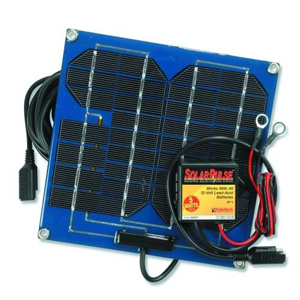



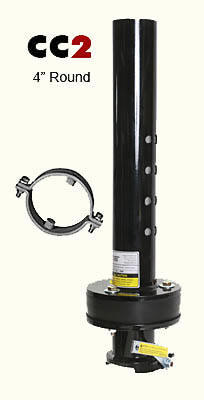 Popup Cushion Coupler Happy Horses Smooth Trailers
Popup Cushion Coupler Happy Horses Smooth Trailers
